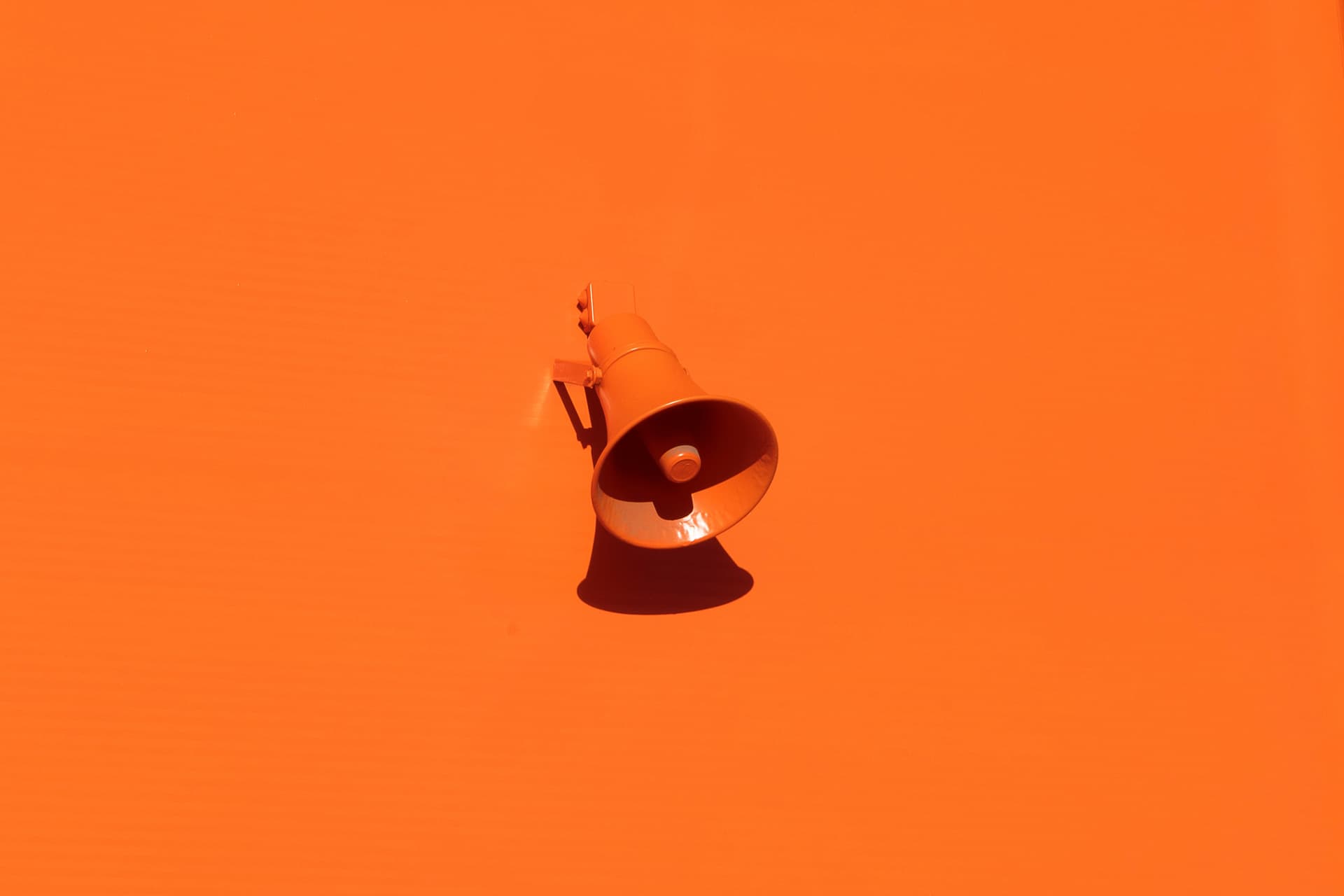
Iașul Nostru was the only European publication to win the Substack Local grant. How is it doing after the first year?
An interview with Alexandru Enășescu, a Romanian journalist who runs his local news publication on Substack and got initial funding to do it. We talk about the business of news, newsletters and Substack
The Fix Newsletter
Everything you need to know about European media market every week in your inbox
138 articles • 0 Followers










